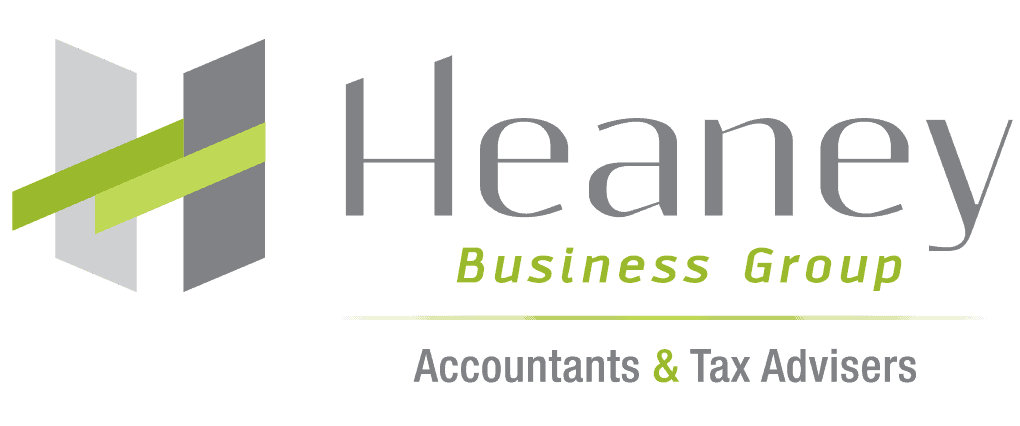There has been some recent changes to Section 100a that could potentially affect all businesses operating through a trust. Heaney Business Group has the update for you.
The ATO’s Attack on Trusts and Trust Distributions
Many family groups will pay higher taxes (now and potentially retrospectively) as a result of the ATO’s more aggressive approach in dealing with how trusts distribute income.
Family trust beneficiaries at risk
Section 100A is an integrity rule, its aimed at when the income of a trust is appointed in favour of a beneficiary, but the economic benefit of the distribution is provided to another individual or entity.
If you’re “caught” under section 100A, this could result in the trustee being taxed at penalty rates, rather than the beneficiary being taxed at their own marginal tax rates.
Family Groups using trust or tax planning purposes could see this effecting them. With the ATO seeing a much smaller boundary on what they accept, some family trusts are at a higher risk of tax liabilities and penalties.
ATO redrawing the boundaries of what is acceptable
Despite Section 100A being around since 1979, its rarely been invoked by the ATO. However, the ATO are now willing to apply this section to a wider range of scenarios.
Some important exceptions to section 100A, include where the income is appointed to minors, and where its part of an ordinary family or commercial dealing.
The ATO is seeking to determine whether arrangements form part of these exceptions.
The ATO’s guidance sets out four ‘risk zones’
White zone – Pre-1 July 2014 arrangements.
The ATO won’t look at these unless it is part of an ongoing investigation, or for arrangements that continue after this date, or where the trust and beneficiaries failed to lodge tax returns by 1 July 2017.
Green zone – These arrangements are low risk, they’re unlikely to be reviewed by the ATO.
- When a trust appoints income to a individual, but paid into a joint account, or when parents pay for a deposit on an adults child’s mortgage using the trust money as a one off payment.
Blue zone – These might be reviewed by the ATO.
This is the default zone, covering arrangements that don’t fall within one of the other risk zones. It is likely to include scenarios where funds are retained by the trustee, but the arrangement doesn’t fall within the scope of the specific scenarios covered in the green zone.
Section 100A doesn’t automatically apply to blue zone arrangements, it just means that the ATO will need to be satisfied that the arrangement is not subject to section100A.
Red zone – Will be reviewed in detail.
This is when the ATO suspects the act to deliberately reduce tax, or where an individual or entity other than the beneficiary is benefiting.
High on the ATO’s list is where an adult child’s entitlement to trust income is paid to a parent or other caregiver to reimburse them for expenses incurred before the adult child turned 18. Such as fees for a private school, or a loan provided by the trust to the adult child for expenses incurred before they were 18 and the entitlement paid off the loan.
The ATO indicated that circular arrangements could also fall within the scope of section 100A.
EG:- When a trust owns shares in a company, when the company is a beneficiary of that trust and where income is circulated between the entities on a repeating basis.
For example, section 100A could be triggered if:
- The trustee resolves to appoint income to the company at the end of year 1.
- The company includes its share of the trust’s net income in its assessable income for year 1 and pays tax at the corporate rate.
- The company pays a fully franked dividend to the trustee in year 2, sourced from the trust income, and the dividend forms part of the trust income and net income in year 2.
- The trustee makes the company presently entitled to some or all of the trust income at the end of year 2 (which might include the franked distribution).
- These steps are repeated in subsequent years.
Who is likely to be impacted?
The ATO’s updated guidance focuses primarily on distributions made to adult children, corporate beneficiaries, and entities with losses.
Depending on how arrangements are structured, there is potentially a significant level of risk.
However, it is important to remember that section 100A is not confined to these situations.
Distributions to beneficiaries who are under a legal disability (e.g., children under 18) are excluded from these rules.
For those with discretionary trusts, it’s important that all trust distribution arrangements are reviewed, to determine the level of risk associated with the arrangements.
It is also vital to ensure that appropriate documentation is in place to demonstrate how funds relating to trust distributions are being used or applied for the benefit of beneficiaries.
Companies entitled to trust income.
If the amount owed by the trust is deemed to be a loan then it can potentially fall within the scope of another integrity provision in the tax law, Division 7A.
Division 7A captures situations where shareholders or their related parties access company profits in the form of loans, payments or forgiven debts.
If certain steps are not taken, such as placing the loan under a complying loan agreement, these amounts can be treated as deemed unfranked dividends for tax purposes and taxable at the taxpayer’s marginal tax rate.
The ATO’s approach is in determining the timing of when these amounts start being treated as loans. This is relevant to confirm when a complying loan agreement needs to be put in place to prevent the full unpaid amount being treated as a deemed dividend for tax purposes when the trust needs to start making principal and interest repayments to the company.
The ATO’s views on “sub-trust arrangements” has also been updated.
Basically, the ATO is suggesting that sub-trust arrangements will no longer be effective in preventing an unpaid trust distribution from being treated as a loan for Division 7A purposes if the funds are used by the trust, shareholder of the company or any of their related parties.
The upshot is that in some circumstances, the management of unpaid entitlements will need to change. But, unlike the guidance on section 100A, these changes will only apply to trust entitlements arising on or after 1 July 2022.
__________________________________________________________________________________
Heaney Business Group
Tax & Accounting Rockingham | Business & Personal Solutions
BUSINESS SOLUTIONS
We understand the needs of business owners, regardless of size. We want to see your business grow and prosper. We can help in all areas of business compliance.
PERSONAL SOLUTIONS
We take away the stress of completing your personal tax return.
As a CPA Practice, you can be sure that we’ll get it done right the first time.
Web: https://heaneybusinessgroup.com.au
FB: https://www.facebook.com/HeaneyBusinessGroup
L’in: https://www.linkedin.com/company/7945669
(08) 9594 1963
Unit 7/12 Belgravia Terrace, Rockingham, WA 6168

